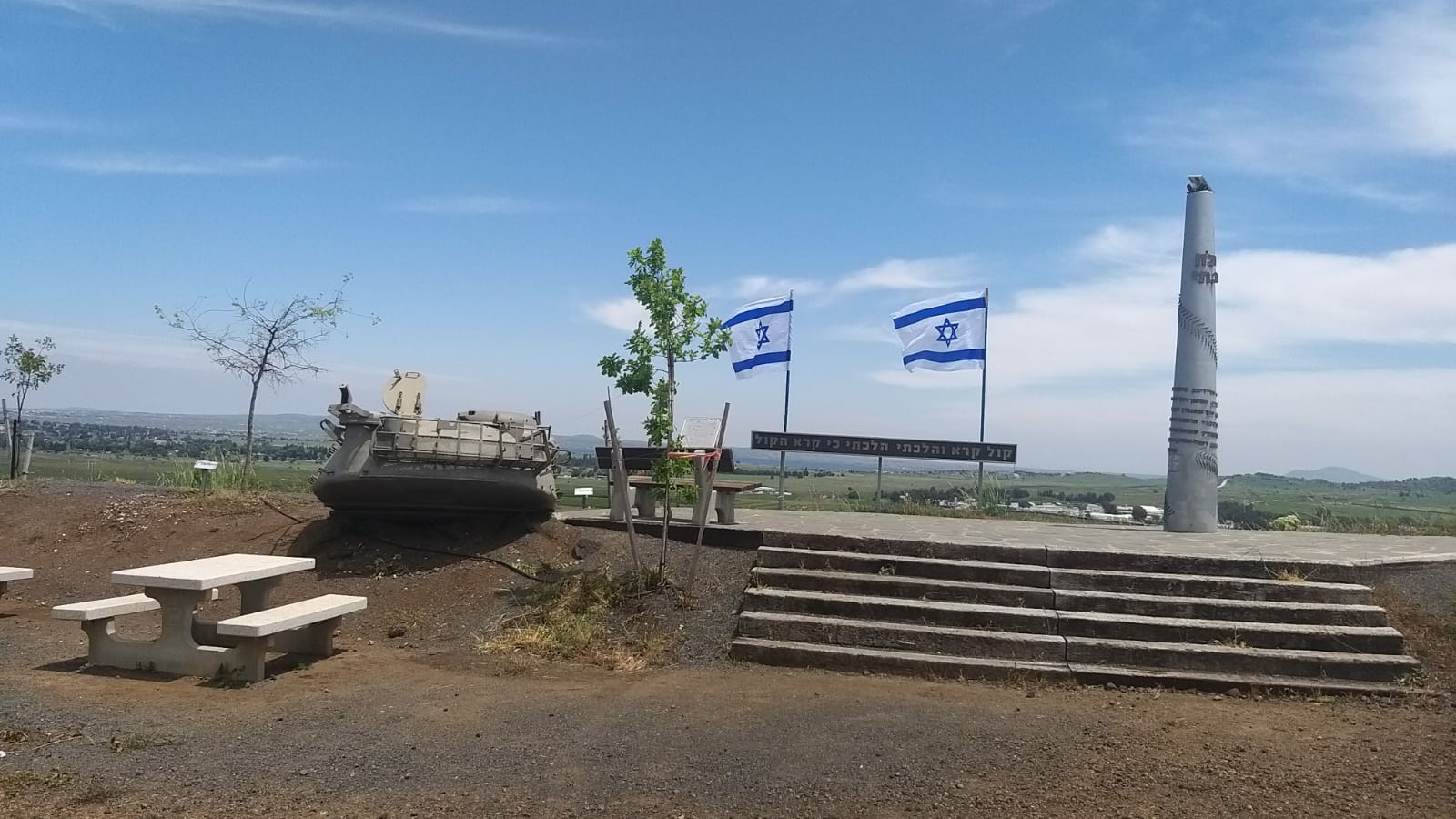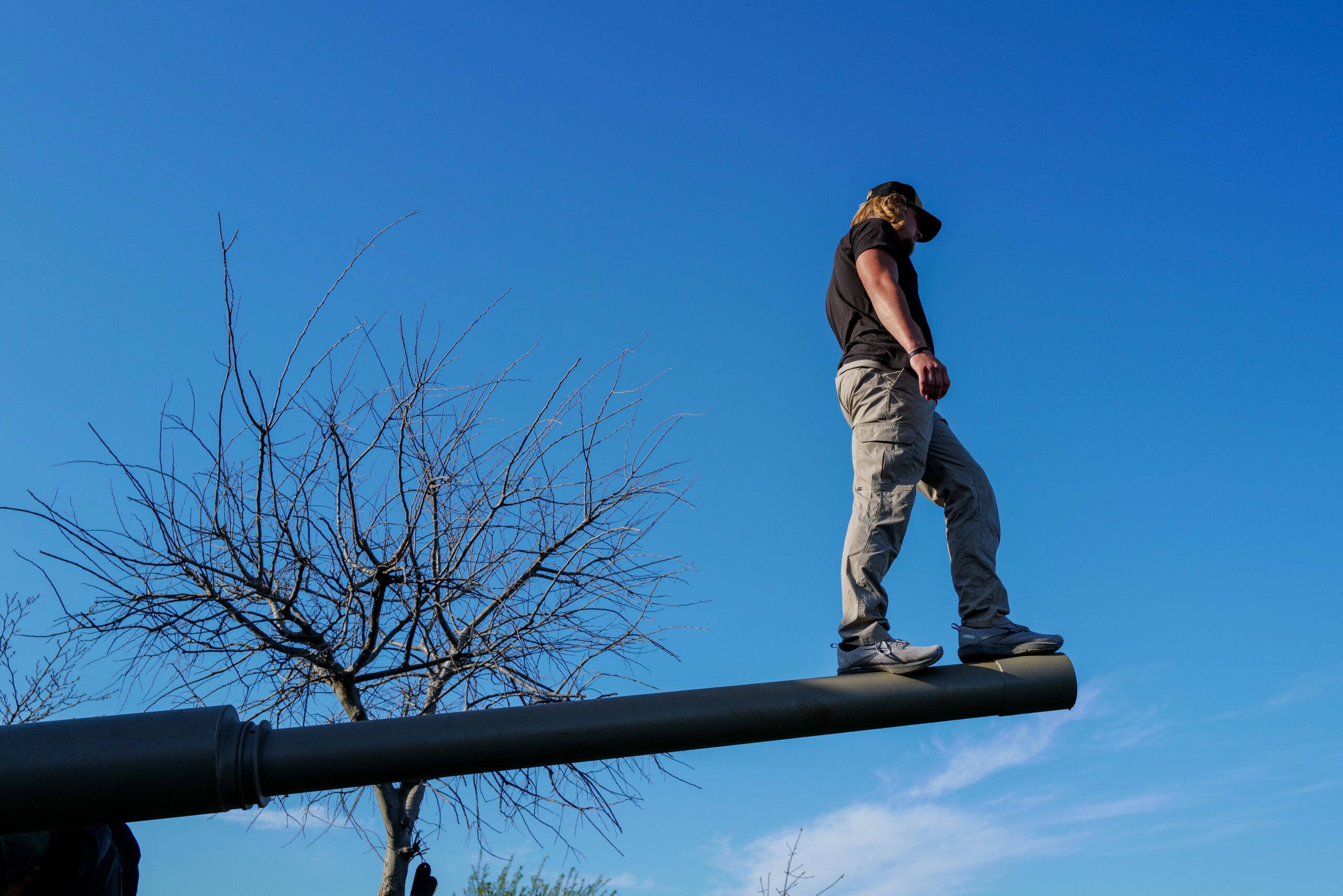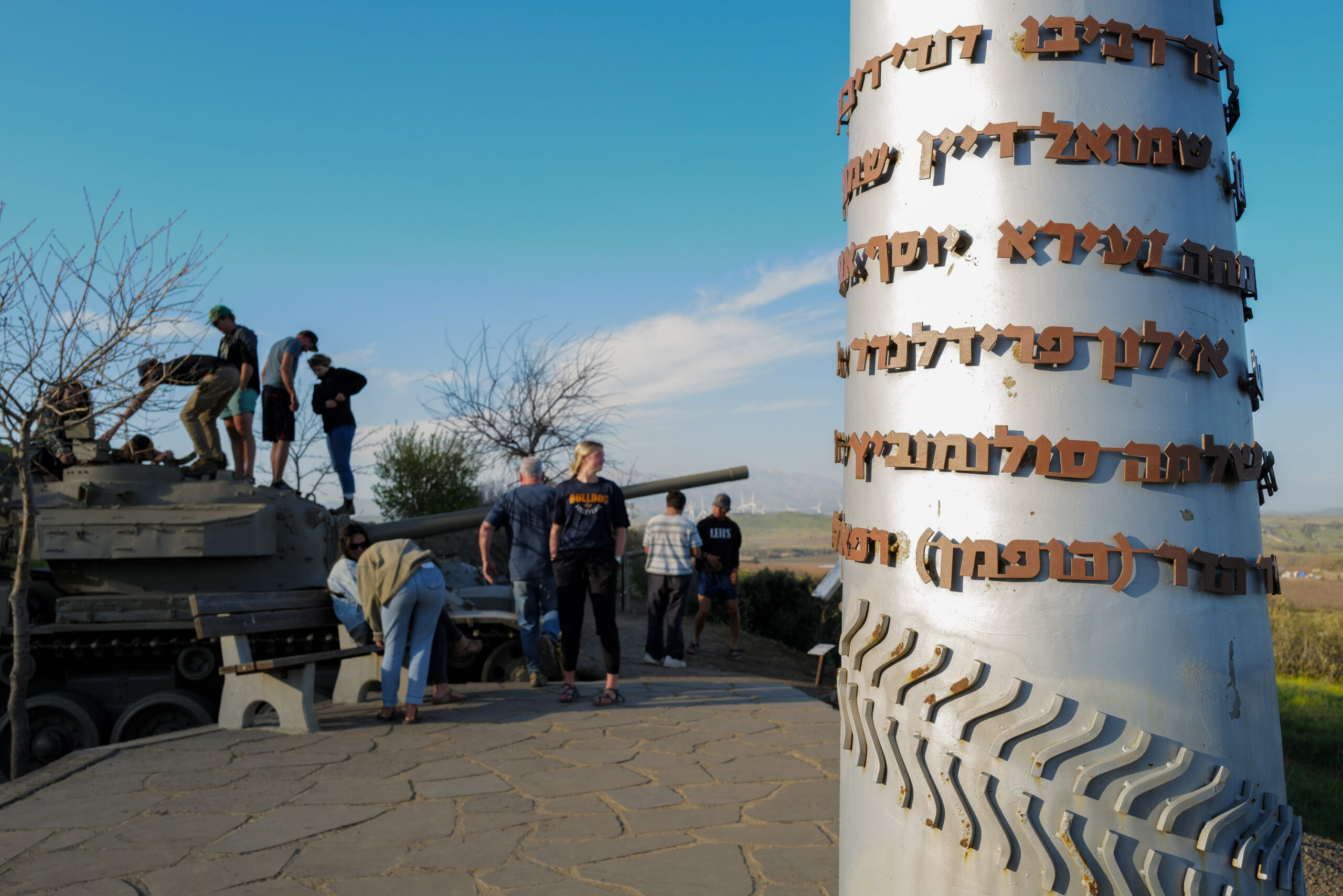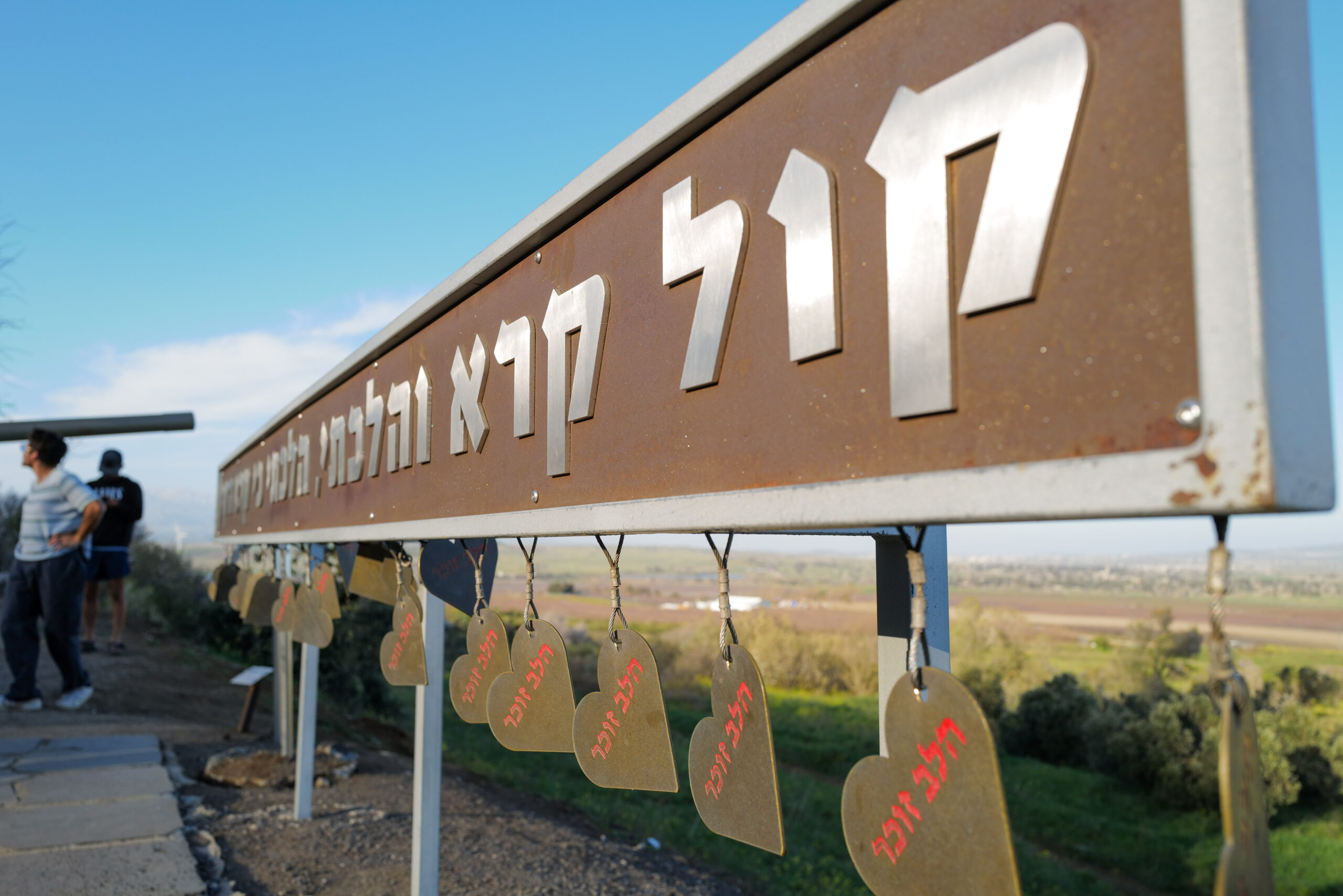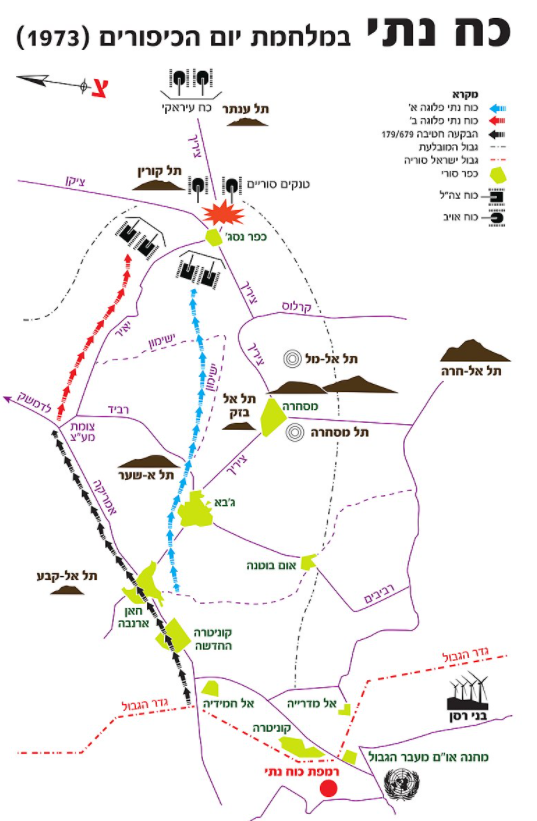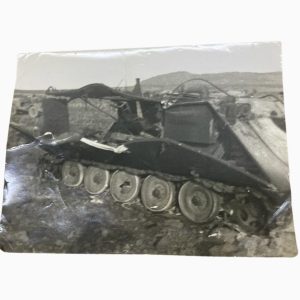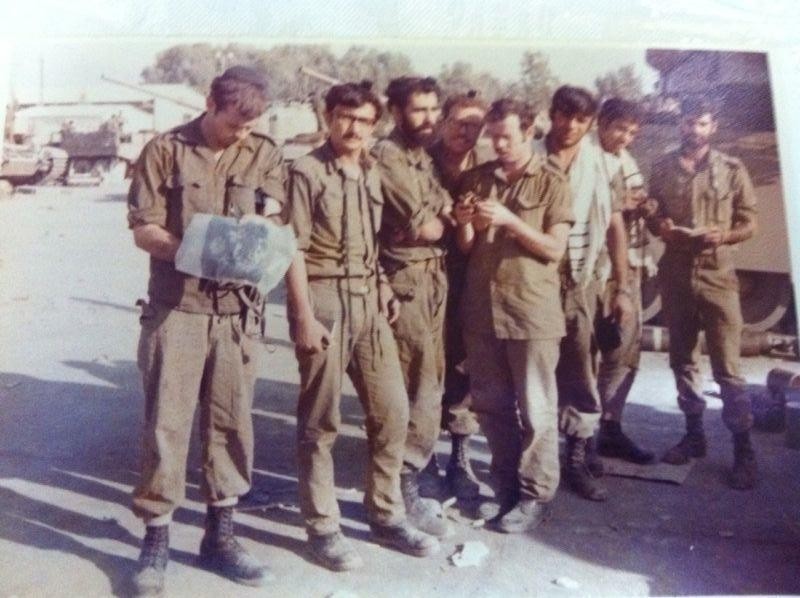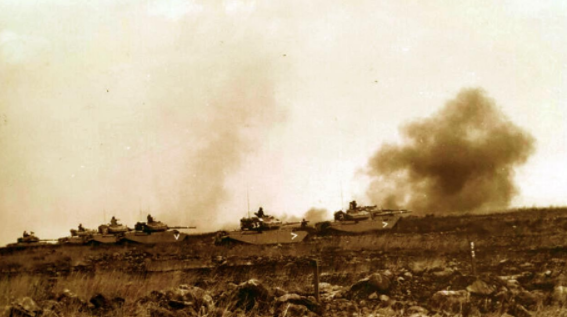Natti Golan’s story:
“The year was 1973. Two weeks before the war, I traveled to Germany as part of my work for the State of Israel. I spent Yom Kippur in a cabin in the Black Forest. On Shabbat in the afternoon, I found out that there was a war going on in Israel. We took the car and drove to Frankfurt. At the El Al station we found hundreds of Israelis. After a while, a directive came from Israel: only pilots and tank soldiers can fly. There was chaos, everybody was pushing. Everybody claimed he was a pilot or a tank soldier. They totally over-packed the flight; we filed in like cattle, and everybody was trying to get on. Nobody cared if they’d sit or not. Yalla, we flew to Israel.”
Natti managed to return to Israel, and was given the task of building – from scratch – an armored unit manned by those who returned to Israel from abroad. From the airport, the soldiers were directed to the IDF Julis Base, and it was there that they split up into tank crews, received tanks and half-tracks, and loaded equipment and ammunition. Among the soldiers are Julis were also Yeshiva students who had retrained as tank soldiers, those who couldn’t find their original units, and many volunteers.
Within a very short time, and with incredible motivation of the soldiers themselves, Natti was able to organize an entire battalion of tanks, including staff, and support units. The battalion consisted of three companies: Alef Company commanded by Shmuel Avishaul, Bet Company commanded by Yaakov Karni, and Gimmel Company commanded by Dov Kuzikaro. There was also a company of armored infantry in half-tracks, commanded by Shmuel Tzuriel. The battalion had “Shot-Kal” tanks, and by Wednesday, October 10th, they made their way up to the Golan Heights.
At the same time, after bitter and bloody battles, the IDF had pushed back the Syrian army out of the Golan, and prepared for the counter-attack deep into Syria.
The attack began on Thursday, October 11th, as the 179th Brigade broke into Syria on the main road to Damascus. This was an especially difficult battle, and after the number of casualties rose, the 679th Brigade joined the fight, and continued pushing through until they reach Khan Arnabeh.
The next day, on Friday, Natti Force was given the mission of leading the breakthrough, so that IDF forces had a wider corridor to the south and east.
Moshe Levi, the Unit Operations Officer:
“We passed the 179th Brigade, which had sustained heavy damage, and we took position around the village of Jaba. It was there that Syrian planes bombed us, and we sustained our first casualties. We began moving southeast with Alef Company and the armored infantry company. Bet Company went around Tel Shaar from the north and moved parallel to us. We arrived at the entrance to Kafr Nasij, we opened fire and attacked the village, but it turns out there were no enemy forces there. We continued moving towards Tel Antar, with Shmulik Avishaul’s Alef Company leading, and the command half-track right next to him.”
Zeev Cohen, a tank driver in Alef Company:
“The command half-track ascended a hill to get a view of the bottom of the tel, and as it turned around, it took a direct hit. Almost the entire command staff was killed. Natti the Brigade Commander was seriously wounded. Shmuel Avishaul, Alef Company Commander, identified the Syrian tanks, and moved towards them, while giving the command to the company tanks to take positions and open fire. But his own tank was hit within seconds, and turned into a fireball.”
The situation was described by David Givati, a tank commander in the company:
“We identified enemy tanks at very short range; some of them were less than 100 meters away from us. But we were positioned on a steep cliff that didn’t allow us to get good firing positions, and also exposed our tanks’ underbelly as an easy target. On my right, Rafi Mendler’s tank was hit, and immediately afterwards the tank on my left was hit; apparently this was Dudi Reback’s tank which began burning.
The remnants of this unit retreated in order to get better protective positions. At the same time, Bet Company reached the area; they moved and took positions to the north of the Syrian tanks.”
Company Commander Yaakov Karni:
“We didn’t know that Natti and Alef Company were under fire. My company ascended to commanding positions, we identified the Syrian tanks that hit Alef Company beforehand, and we hit them.”
18 soldiers of the unit fell in this battle, and many were injured.
Despite the heavy casualties, Natti Force reorganized for the continuation of the battle. The injured battalion Commander was replaced by his deputy Omri Negev. Bet Company Commander Yaakov Karni took the remnants of Alef Company under his command. Two to three hours after this heavy battle, this reorganized battalion already was in another battle to stop the advance of the Iraqi Tank Division. In the coming days, Natti Force fought in fierce battles for the capture of Tel Antar, and for repelling enemy attacks.
Natti Force remained in Syria until the unit was disbanded, and the companies were integrated into the 266th Battalion of the 179th Brigade.
During the fighting, 22 of the unit’s soldiers fell in battle. May their memory be for a blessing.
The Yom Kippur War, which began as a surprise attack with most of the soldiers of Natti Force overseas, ended with the IDF in canon range of Damascus.






